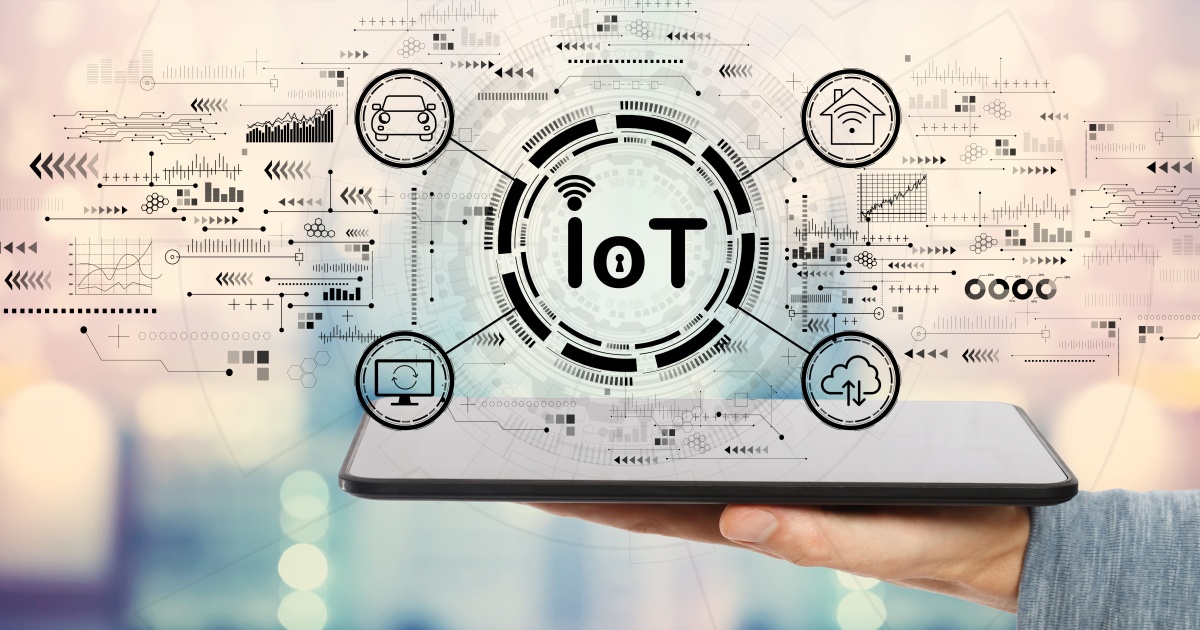The IoT Evolution Expo is coming up next week in Fort Lauderdale, and if you haven’t registered yet, what are you waiting for?
As we get ready for the event, I had a quick chat with some of our speakers to pick their brains about the IoT industry and what they will be talking about in their sessions.
In this installment, I spoke with Don DeLoach, CEO and President, Infobright, who will be on our Real-Time Analytics panel, talking about the timeliness of data and how it will impact business decisions. Don has more than 30 years of software industry experience, and he joined Infobright after serving as CEO of Aleri. Don currently also on the Executive Board of the Illinois Technology Association, is co-chairman of the ITA Internet of Things Council, and is on the Board of the Juvenile Protective Association.
Ken Briodagh: IoT has become all the rage in the media. How has the hype impacted your business?
Don DeLoach: It has more people paying attention to it, which is good. While the lion's share of the focus is on the most obvious and immediate aspects of basic IoT subsystems, that element of hype and focus is likely a prerequisite to people thinking this through to where it will likely progress and why, which is where the real value of IT is more likely to be realized, so in that regard the hype serves a good purpose.
KB: Are there any vertical market successes that have surprised you?
DD: Not really. The most obvious phenomenon is really the success, and to a greater extent, the forward progress across all markets. If anything, I am marginally surprised that the success in health has not been greater. It will be.
KB: Analytics gets talked about with Big Data. How does analytics make Big Data actionable?
DD: It coverts raw material into products, just like tools that convert trees into boards, or boards ultimately into houses or furniture. "Big Data" is just a lot of data. Unless you do something with it, it provides no value at all. The analytics create value based on insight into the data. That said, analytics is an extremely broad term. This discussion could easily be broken into operational analytics, investigative analytics, predictive analytics, and ultimately into machine learning, all of which bring different capabilities and outcomes as manifestations of the big data.
KB: The idea of fog computing is to make information actionable at the right point in the network. Can you think of examples where this is happening?
DD: Of course. There are countless examples where edge devices are ingesting massive (and sometimes not even so massive) amounts of data where there is computational work being done near the point of ingestion. An onboard processor on a car is collecting an increasingly larger amount of data that may be propagated into a machine cloud, but is also often processed locally according to certain rules and workflow, where the data might be filtered, cleansed, enriched, and utilized to trigger alerts and activate certain responses ranging from automatic braking to alert lights triggering. There are examples of this in almost every industry, and the utilization of edge or "fog" computing will only continue to increase for reasons of localize cleansing, filtering, and enriching of data, as well as for reasons including security and privacy, governance, configuration, power consumption, and certainly for latency considerations, up to and including the use of mesh networks.
KB: When thinking about trends in computing with in memory processing and distributed databases, we seem to be building for big data to be constantly in motion. For IoT is the data gathering needed in real time?
DD: Like almost everything in IoT this is use case dependent. To begin with, just the term "real time" means different things in the context of different use cases. Real time for an HVAC unit may be vastly different than real time for a high frequency trading operation. Data from a smart power meter is hardly needed in real time, although as the instrumentation of the power grid down into and even behind the home meter becomes increasingly granular, the recalibration and distribution of electricity will utilize this information at shorter and shorter intervals. Conversely, the data being captured by sensors on a vehicle moving at 70 miles per hour most certainly needs very low latency processing. Overall, the trend will be to do message processing and primary analysis, be it via a rules engine, workflow engine, or complex event processing engine as close to the point of ingestion as practical, as well as with the lowest latency as practical. Note in both instances, the operative word is practical, not possible. It is possible to do "real time processing" of almost everything, but that assumes greater cost and resources in many instances. Likewise, less cost and resources could be used for other systems, but higher latency processing for car brakes is hardly practical. Again, most everything is use case dependent.
That’s it, folks. We’ll see you in Ft. Lauderdale for the IoT Evolution Expo (I hope), and don’t miss Don’s session.
Edited by
Kyle Piscioniere





